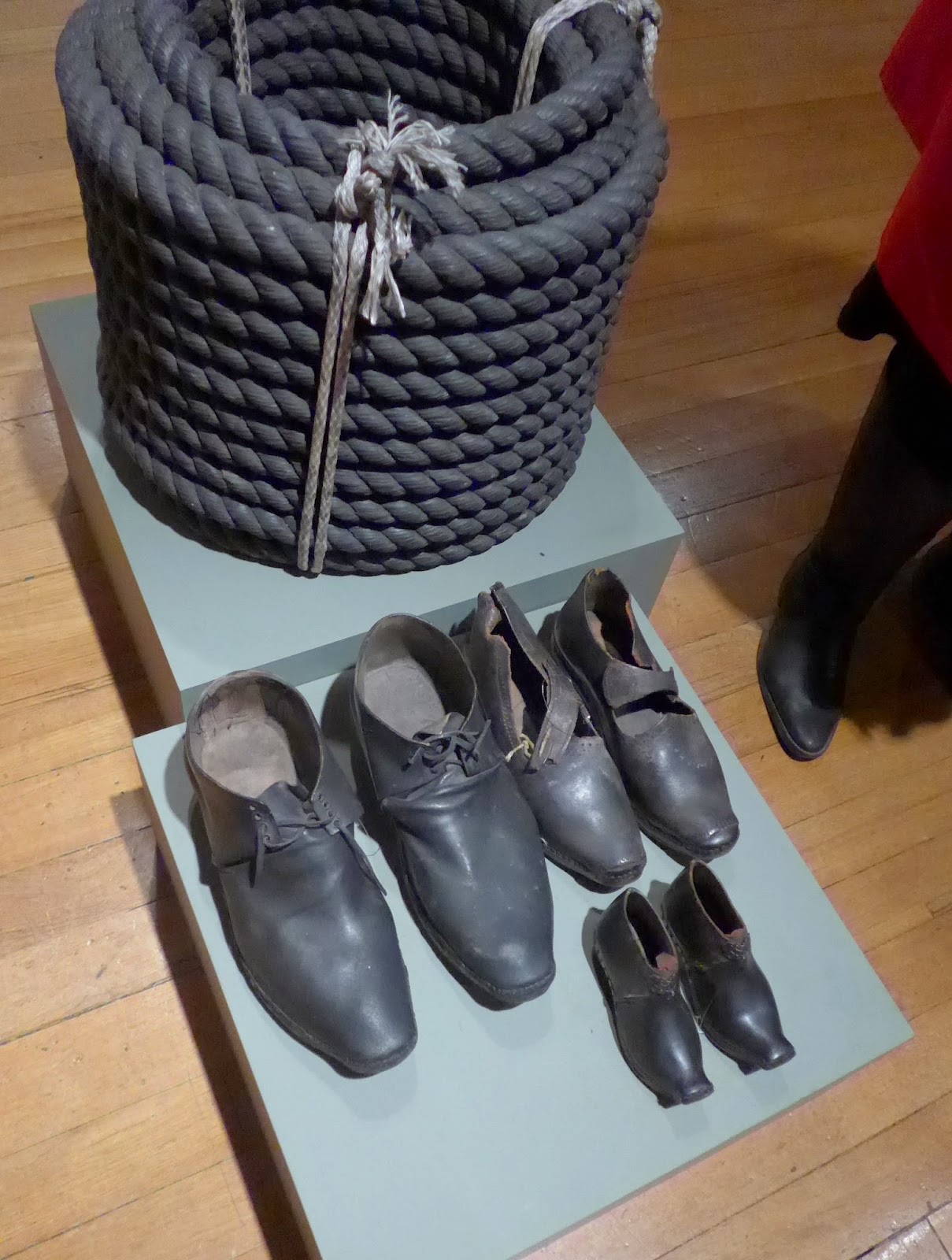This is a kind of guest blog post. Well it's a joint effort, I scribed.
Introducing my eleven, very nearly twelve, year old son.
Who I "made" go to Tate Britain with his mum, sister and friends.
Getting the following photos came about quite by chance, when he inventively and creatively got himself out of the "it's boring" place when he began documenting his visit on his mobile phone. He insisted on bringing his phone with him because he was going to be bored. As far as I could tell, this was so he could ignore us all and play games on the train into central London. But he didn't play games.
He took photos. And played with the settings on the camera.
"Mum, that's you in the photo and a man who walked along while I took the photo so he's in it twice"
The photo below is taken by me. I found the boys like this, on the floor taking photos, happily ignoring the stares by staff and visitors.
These are some of the photos my son took whilst lying on the floor in the Christina Mackie sculpture.
"This is a diagonal panorama that didn't work because the net is split into three."
Then they tried it in the other galleries.
Next he played with the 'cartoon' setting, experimenting on me in the cafe first.
I hate photos of me, and contrary to what this looks like, I was having a really nice time.
He couldn't wait to get back to the "massive hall", but some of the attraction was being able to skid around on the shiny floor.
and then take photos of these "two sisters, who look like like mine in the future".
Here's how he described the paintings that he took photos of.
"This is three boys playing in a tree with a dog and a lethal weapon, a bow".
"This man looked important."
"Horses grazing, the white horse is the odd one out."
" A weird pose."
"Trees. These trees looked special because they were hidden behind a cloth."
(They were under a cloth, hidden away from the light.)
(They were under a cloth, hidden away from the light.)
"I'm not being rude but that was the first black guy I saw in a painting in the museum and it proves that discrimination in those times was real."
"Jesus healing a sick woman."
"A Roman Colosseum."
"She looks like she's lost."
"This looks like the lady from the boat who has fallen in the river and looks even more lost."
"Me."
"I was bored so I found out what my phone could do."
I've been thinking about why I've written this post, bothered to show this to others. It's not about my son, or me, or the seemingly worthy Easter holiday trip to an art gallery, to the Tate Britain. But I wanted to flag up the ways children can access museums and galleries. And, dare I say it, the creative and inventive ways mobile phones can be used in museums. We took sketchbooks with us, even me. But my son did it his way, it wasn't planned, it wasn't expected. But I love the results, he loved the day, and next time I suggest visiting a museum or art gallery hopefully he won't protest quite so much, "because they're fun".
I wish I had the courage to lie on the floor in art galleries.
Details about Tate Britain on the website here.
Take kids, a camera and see what happens.



.JPG)












































.JPG)

















.JPG)
